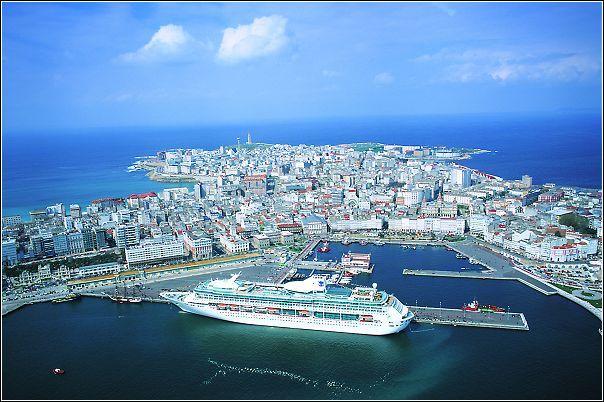La Coruña, Galiza, Spain
Suggest Place to Visit
2823
Track to location with GPS |
 |
Middle Ages and Renaissance
After the fall of the Roman Empire, the small Herculine settlement would successively fall under Swabian and Visigothic rule. The Arab invasion of the Iberian Peninsula in 711 had little impact on this area, which in less than a century became part of the Christian kingdom of Asturias. Bermudo II grants the Compostela church dominion over Crunia and the island of Faro (as the peninsula on which the Tower of Hercules stands was called then) but between the 9th and 10th centuries, the periodic attacks by the Viking fleets ended with the depopulation of the area, since its inhabitants preferred to settle in the area of Betanzos, more protected.
It was not until 1208 that the city was refounded by order of the King of León Alfonso IX, transferring the inhabitants of the nearby town of El Burgo to the current location of the Old City, rebuilding the city and granting it the privileges of the Benavente Charter. Thus, La Coruña becomes an enclave that depends directly on the king, free from vassalage to the clergy or the feudal lords who distributed the rest of the Galician territory.
Remains of the old defensive walls of the city, behind them the Hospital Abente y Lago
Decades later, Alfonso X granted the town the exclusive right to land and sell the salt without paying taxes, which translates into great economic prosperity.
During the reign of Enrique III, in the last years of century XIV the walls that protected the enclosure of the Old City were built. Some remains are preserved, as well as three gates that opened the city to the sea along the Paseo del Parrote, facing the bay. The bastion known as the Old Fortress, which is the current Garden of San Carlos, is also preserved.
Already in the 15th century, Juan II granted La Coruña the title of city in 1446. Carlos I celebrated courts in it, established the House of Contract for spice engineering and left its port to be crowned emperor in Germany.
Modern age
17th century
Between the seventeenth and eighteenth centuries, the continuous wars of the Spanish monarchy had an impact on tax increases and the recruitment of the population. The city suffered from then on a process of recession.
Queen Elizabeth I of England maintained a deep enmity with Felipe II, a tension that led to a series of war disputes. In 1588 the Invincible Armada left the port of La Coruña towards the unexpected disaster in the English Channel. A year later, in 1589 the Queen of England sent a squadron commanded by Admiral Francis Drake. The city faced the invader with the heroine María Pita at the head, managing to resist the siege. Thus, after burning the Santo Domingo monastery, the Santo Tomás neighborhood and the fish market, the English withdrew on May 19.
It is at this time when the transfer of the Royal Court from Santiago de Compostela to La Coruña takes place. In 1620, Felipe III created the School of the Boys of the Sea and in 1682 restoration works were carried out on the Tower of Hercules, by the architect Antúnez.
Century XVIII
In the War of Succession, the city once again suffered a rise in taxes and the recruitment of the population. The war ended in 1716 and the economic recovery began due to the production and export activities of the Catalan bourgeois businessmen settled in the city.
During the reign of Carlos III, the monopoly of Cádiz as the only city with permission to trade with the colonies in America ended. Thirteen ports, including La Coruña, will benefit from such trade. From that moment on, the city excelled economically and the King of Spain ordered the construction of the Pescadería wall (from which the breakwater that currently divides the beaches of Riazor and Orzán is preserved). It is in this century when the first industrial activities began in the city with the creation of the Royal Tobacco Factory (in operation until the 90s of the last century) or the Royal Hat Shop of La Coruña.
Contemporary age
War of independence
In the first half of the 19th century the city experienced a remarkable population increase, from 12,000 inhabitants in the early years to around 20,000 around 1850.
On November 30, 1803, the expedition led by Francisco Javier Balmis set out for America to spread the smallpox vaccine discovered several years earlier.
Monument erected to Juan Díaz Porlier at the place of his execution.
During the Napoleonic invasion in May 1808, the city resisted the French occupation from the beginning, led by Sinforiano López. Other places in Galicia resisted, such as Arosa or Vigo. In the city of La Coruña, several clashes were fought, the most significant being the Battle of Elviña, on January 16, 1809 between the French and the English. The battle itself was never fought, only some skirmish, since the English were preparing their fleet anchored in the port to leave the city to their fate. The following day the French seized the city, which they abandoned nine months later to pursue the Marquis de la Estrella and his five thousand men. The casualties caused by the Galician militia and guerrillas prevented Marshal Soult from taking the city again, a fact that forced him to leave Galicia with more than 50% casualties in his ranks.
On August 19, 1815, field marshal Juan Díaz Porlier, nicknamed El Marquesito, spoke with the intention of restoring the Spanish constitution of 1812, supported by the bourgeoisie and the Coruña intelligentsia. However, on August 22, the liberal military man was betrayed, captured and taken to the Castillo de San Antón, sentenced to death and executed by hanging in Campo de la Leña, now Plaza de España, on October 3 from 1815.
Constitution of the province
Carlist wars
When Spain broke out in 1883 the first of the Carlist Wars, La Coruña, faithful to its liberal spirit, proclaimed its support for the Elizabethan cause. The city was surrounded on several occasions by Carlist expeditions without ever being occupied by the troops of the Infante Don Carlos. After the end of the conflict, Queen Elizabeth II rewarded the city by granting it the category of provincial capital in 1849.
Late nineteenth century
At the end of the 19th century, new industries and banks began to settle in the city, which laid the foundation for the modern city. At that time, illustrious figures such as Emilia Pardo Bazán or Aureliano Linares Rivas (deputy for the Liberal Party) brought prestige to the city and gave important financial donations in difficult times for the Coruña population.
Located in the Northwest of the Iberian Peninsula, A Coruña, Balcón del Atlántico is a thousand-year-old, Atlantic and cosmopolitan city, in which the ocean has been the protagonist of its more than 2000 years of history.
A Coruña is a city of a thousand possibilities. From the calmest seascape to cosmopolitan and vital streets illuminated by the sun or neon. From voices proclaiming stocks in fish and seafood stalls to walks through the Old City, along the Paseo Marítimo, along its beaches of fine white sand. With places for recreation and natural spaces where you can enjoy spectacular views and landscapes. From art and museums, through restaurants, bars, pubs and bars to discos, the casino and classical music recitals.
A Coruña is a city where leisure and culture merge to result in exciting tours.
Art and culture
Photograph of the port from the remains of the wall at El Parrote
Romanesque, baroque, modernist, contemporary; Celtic, Phoenician and Roman vestiges; museums to touch, smell and feel ...
Museums
Museum houses
Exposition halls
Castro de Elviña
Nature
Photograph of a person riding a bicycle along the promenade
A Coruña offers an infinite number of paths, trails and natural environments. Spaces for all tastes in which to fully enjoy nature.
Beaches
Parks
Gardens
Promenade
Comments
We don´t have yet any comments about:
Coruña
Coruña
Be the first to leave a comment as it is very important to inform other people
Outros locais a visitar
Within a radius of 20 km from:Coruña
Castle of San Antón |
| 0,9 Km |
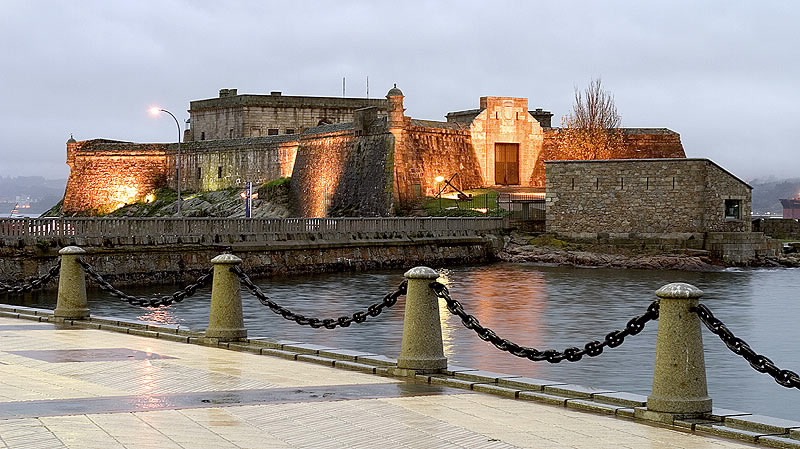 |
Tower of Hercules (A Coruña) |
| 1,9 Km |
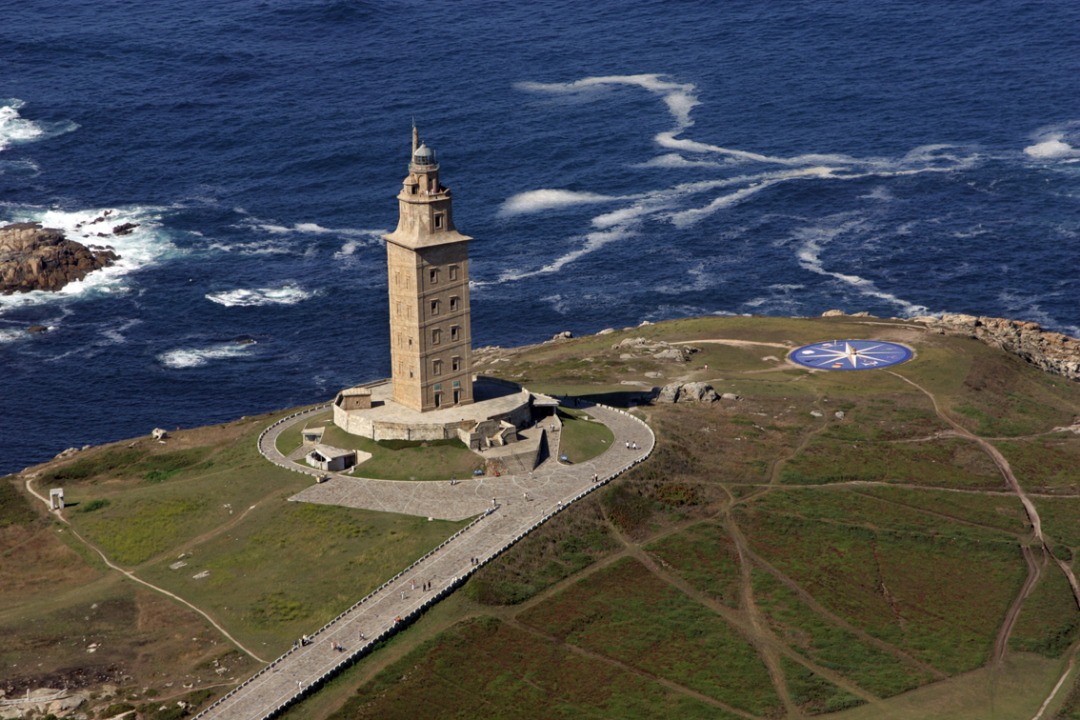 |
Castle of Santa Cruz |
| 4,5 Km |
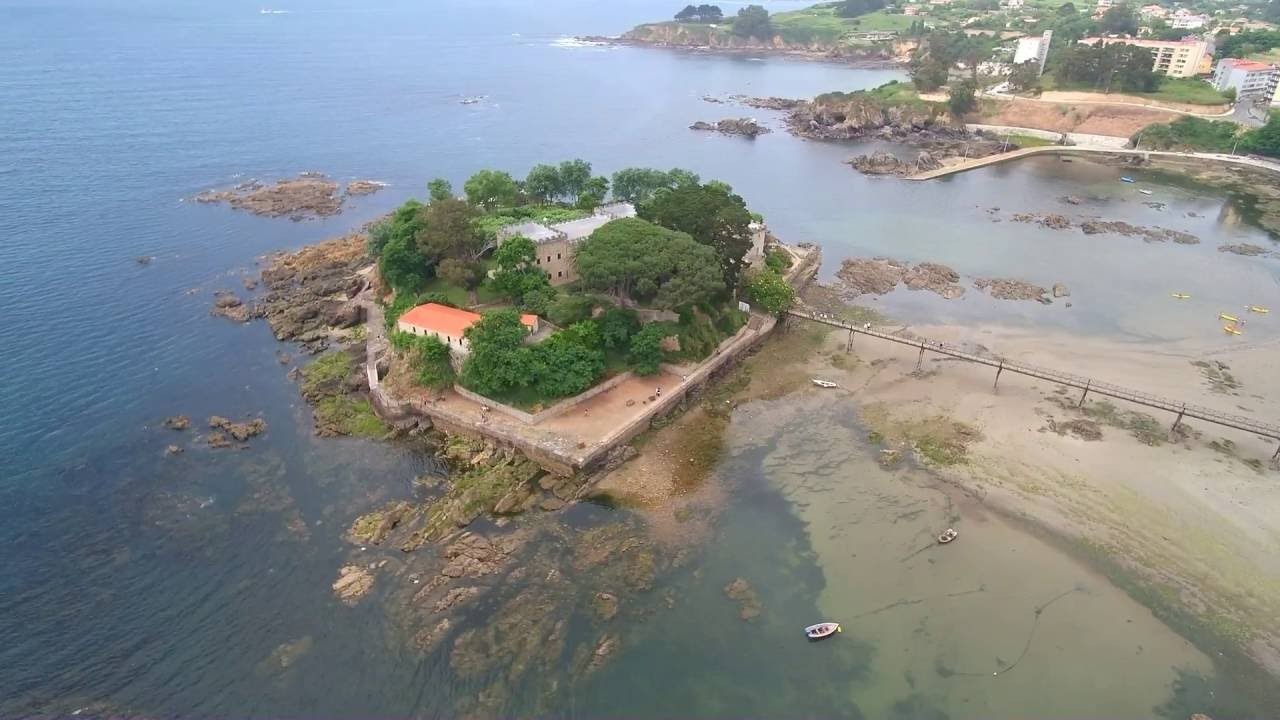 |
Monteventoso Pointview |
| 13,7 Km |
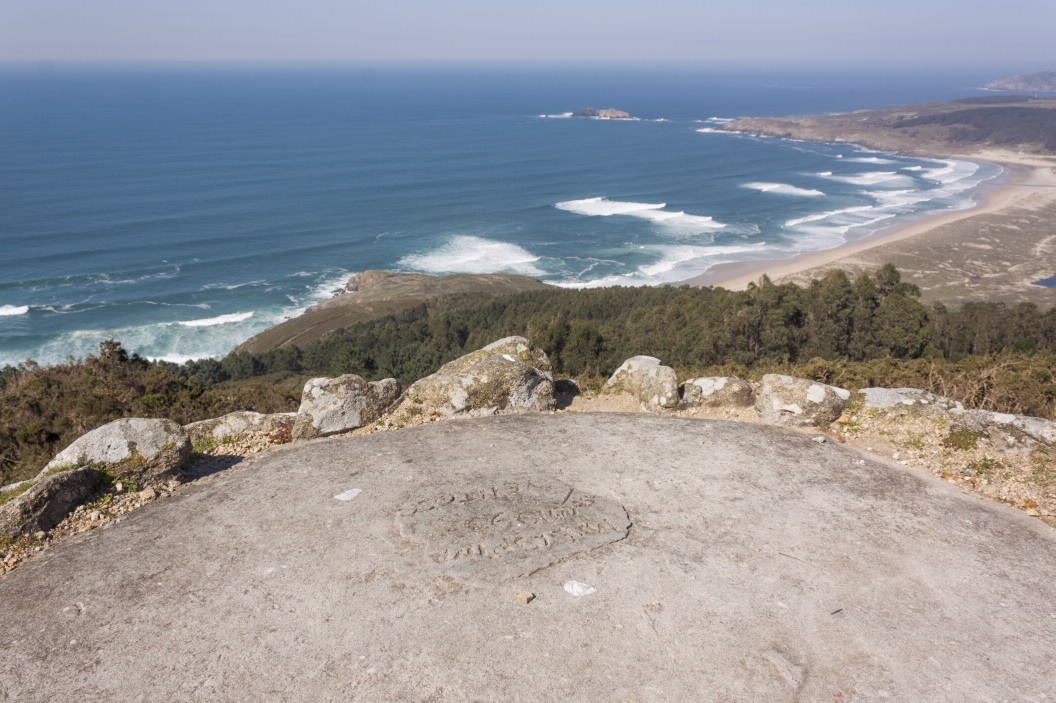 |
San Felipe Castle |
| 13,9 Km |
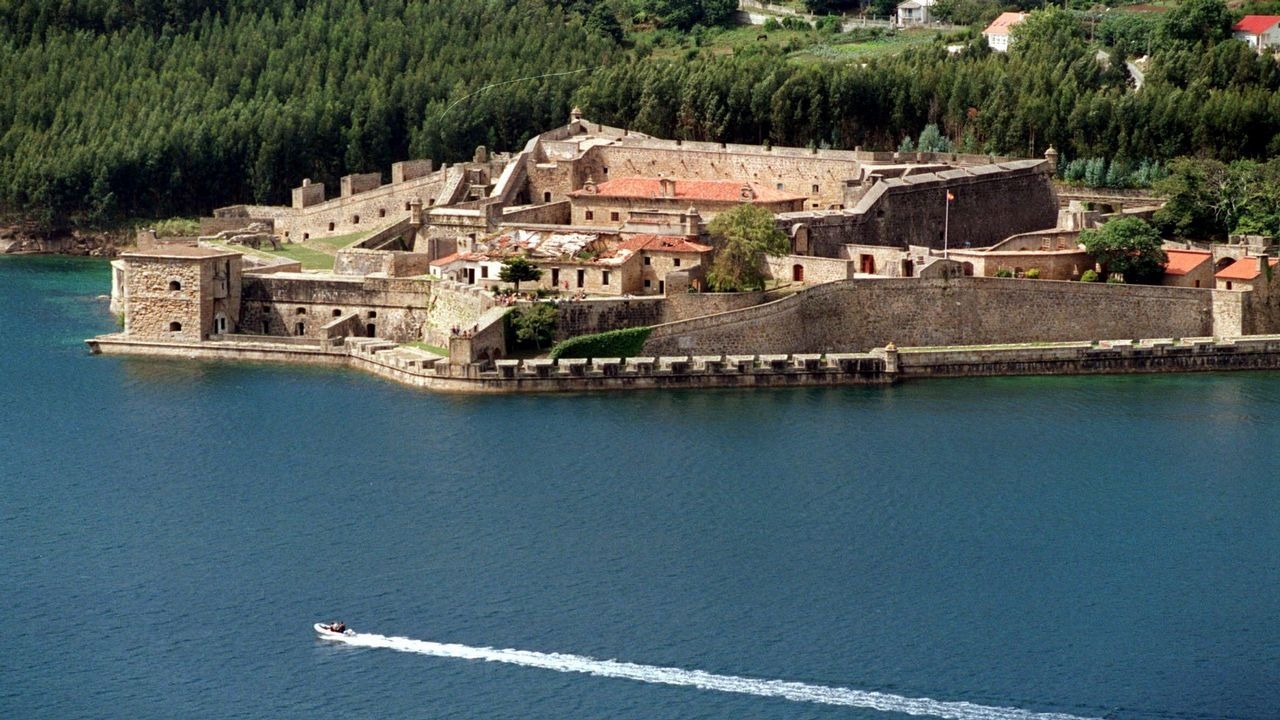 |
Castle of La Palma |
| 14,1 Km |
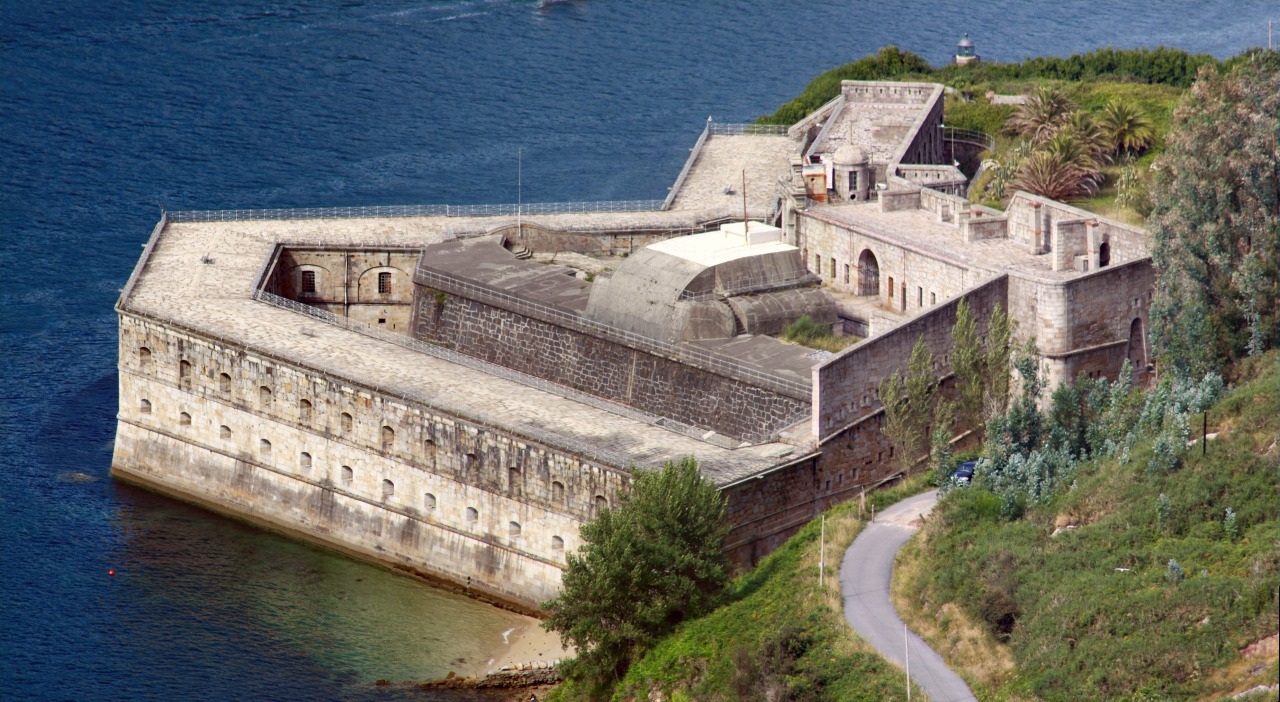 |
Hotel reservation near Coruña within a radius of 20 km
Why to book with TOURISTIC ROUTES
The best prices
Our partnerships with the world´s largest operators offer research on the best market prices.
More options
At Rotas Turisticos you can book the hotel, buy the air ticket, book the transfer from the airport to the hotel and vice versa, book the local excursions, rent the car, take travel insurance and consult the places to visit and where to go.
Holiday Tips & Destinations
Hundreds of holiday destinations with all the options that allow you to easily choose the destination that best suits your dream vacation.
TOURISTIC ROUTES
Links


